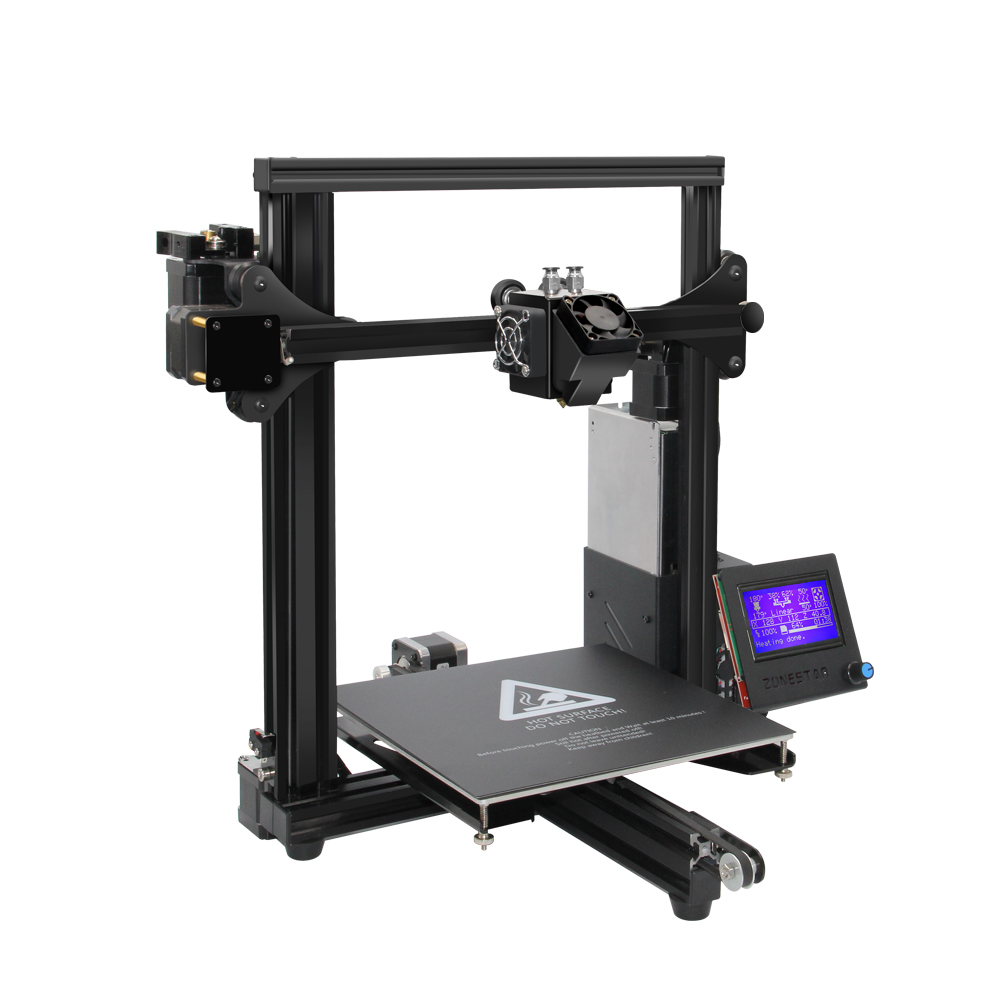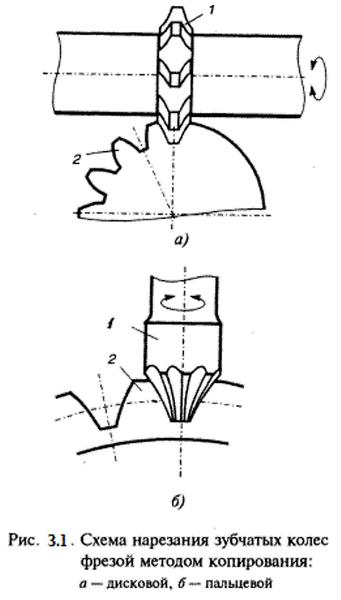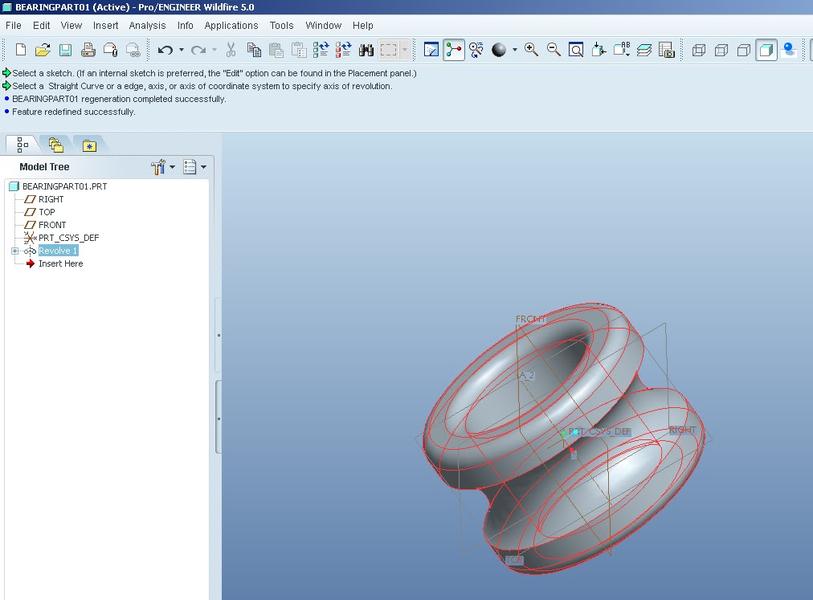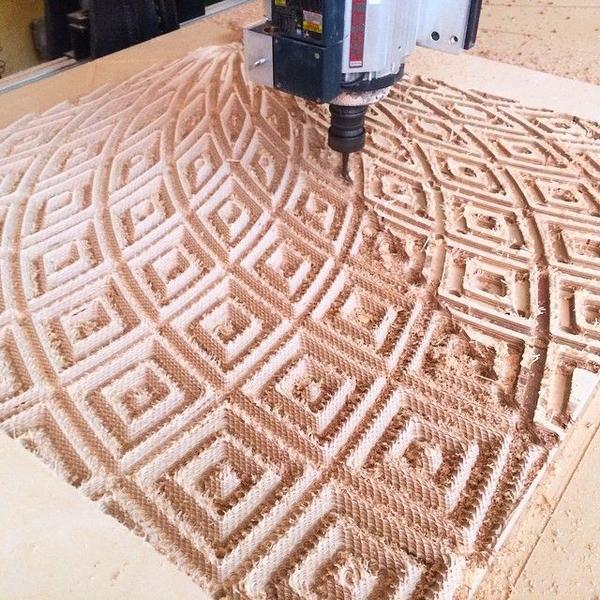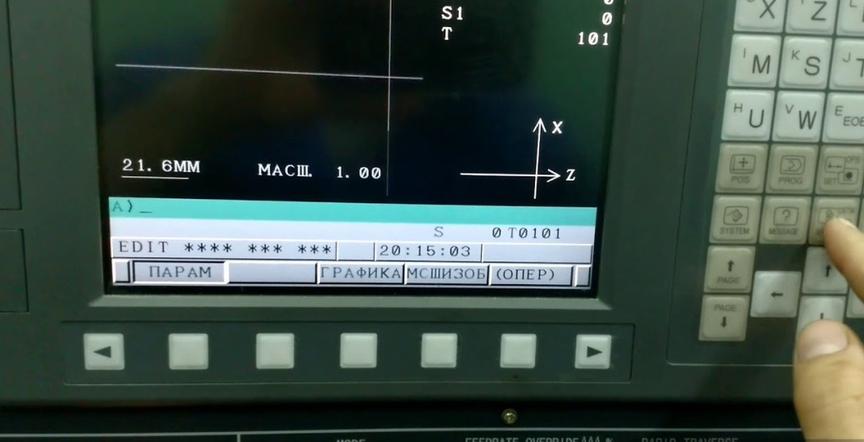Earning on a 3D printer - step-by-step business plan
In the world of market economy it is becoming increasingly difficult to find your own effective direction in business. Modern equipment for volume printing makes it possible to organize it in a small area and even at home. When considering 3D printing, a business plan helps to assess the feasibility of the idea, expenses, and potential benefits. Proper accounting of all the most important factors allows you to minimize risks.
- Relevance and Features of 3D Printer Business
- 3D Printing Business Plan
- Platforms and Services for Making Money with 3D Printing
- Features and Risks
Relevance and Features of 3D Printer Business
Printing on a 3D printer is a modern, interesting and profitable direction in business. With relatively small initial investments, substantial income can be achieved. You just need to organize your activities correctly and master the most promising, in-demand idea.
The specified printers allow the production of voluminous products of almost any complexity. High-strength plastic is most often used, but metal powder, nylon, wax, and other materials can also be used. Controlling the printer with computer software ensures high-precision reproduction of the prepared model. This allows for the production of original one-time items, to master small-scale production and even serial production of demanded parts. It is important to correctly assess the demand for products and organize their sales.
Volumetric printing has such advantages:
- high precision in manufacturing parts, good resolution;
- relatively cheap raw materials for manufacturing products;
- ability to use different materials;
- wide range of choices for the nomenclature and design of products;
- small area of the required production space.
Among the disadvantages of such a business, low productivity and size limitations of parts can be noted.
On a 3D printer, such promising ideas can be realized:
- Various accessories: keychains, caskets, phone and eyeglass cases, stands, etc.
- Busts and figures of real people and celebrities, fairytale and cartoon characters, idols.
- Souvenirs and exclusive gifts.
- Jewelry items, buttons, barrettes.
- Footwear, including original sneakers and orthopedic shoes.
- A variety of toys, models of cars, planes, ships, etc.
- Figures for chess and other board games.
- All kinds of dishes, gift mugs.
For aspiring cooks and confectioners, special printers capable of using food raw materials exist. Modern large-sized devices allow their use in construction as well.
3D Printing Business Plan
The implementation of any business idea should begin with the development of a detailed business plan. It necessarily reflects the main stages: market research, official registration, creation of your own website, active advertising, purchase of equipment and materials, formation of a regular client base, improvement and optimization of technology. Despite the high popularity of commercial use of volumetric printing, there are still many promising directions that can be successfully mastered. The need for such products is far from being fully satisfied.
How Much Can You Earn?
The first question that a novice entrepreneur wants to answer is related to potential earnings and the return on initial investments. Rough financial prospects can be estimated as follows. It is possible to stop the choice on the most common materials - ABS and PLA plastic. When using a medium-priced printer, it takes about 7-10 minutes to manufacture a small-sized part. Realistically, one printer can produce products totaling 250-300 grams. Statistics show that the average cost of typical products is 45-50 rubles/gram. Therefore, one printer can ensure the production of products totaling 11,000-15,000 rubles per day.
With a month of active operation, the printer can produce products totaling about 200,000–240,000 rubles. From this amount, expenses will need to be deducted. This includes the cost of materials (about 20,000 rubles), taxes (the minimum rate for individual entrepreneurs is 6%), rent, expenses for electricity and water. On average, expenses are estimated at 150,000–157,000 rubles per month. This way, it is possible to count on net profit in the range of 60,000-100,000 rubles per month from one printer. The payback of initial investments will be from 0.5 to 1 year.
Important! A business plan is necessary for a detailed analysis of the financial prospects. It examines specific products and equipment, which makes it possible to obtain more precise results. It is important to choose the right product range and ensure real sales.
Concept Development
Planning begins with the development of a business concept. At this stage, such basic questions are resolved: what printer is needed and what product needs to be mastered. Initially, it is worth choosing a small, budget printer. The question of how to sell the product is resolved. You can go the standard route: negotiate with a store to deliver the goods for sale there. A more effective option is to open your own website and create your own online store.
Choice of Manufacturing Technology
Printers allow the production of three-dimensional products from different materials. They are formed from numerous thin layers using various technologies. With the choice of product type in mind, the optimal manufacturing method should be selected:
- Jet printing. It ensures the bonding of the powder into a specific shape, and when the material is cooled, ultraviolet lamps, which harden the plastic, are used. This technology allows for the use of sufficiently dense ceramic mixtures.
- Laser printing. Layers of material are melted under the influence of a laser beam. The technology of stereolithography is prevalent, when the liquid raw material hardens under laser beams.
When choosing technology, the opinion of specialists should be considered. In each specific case, technologies have their pros and cons.
Investment Amount
One of the determining stages in the development of a business plan is determining initial investments. To start production, the following equipment and materials need to be purchased:
- 3D printer. A budget option will cost around 75,000 rubles. With financial capabilities, you can purchase a Picaso 3D Designer printer for 117,000 rubles.
- Computer. Depending on capabilities, costs amount to about 25,000–45,000 rubles.
- Spools of plastic. With the chosen product in mind, ABS or PLA plastic will suffice. You will need to start with 10 spools. Costs range from 16,000 to 60,000 rubles.
- Software. The average cost is 15,000 rubles.
Additional expenses are possible that are not necessary for organizing modest production at home:
- 3D scanner — 150,000 rubles
- Computer workstation (desk and chair) — 37,000 rubles
- Trade and advertising space (trade rack, glass showcase) — 67,000 rubles
- Creation and promotion of your own online store — 150,000 rubles
- Maintenance of the website for 1 month — 15,000 rubles
In total, it can be determined that to organize a modest business it is enough to spend 131,000 rubles. A more serious approach will require initial investments of 602,000 rubles.
Financial Part
In the financial section of the business plan, calculations of all necessary expenses are made. The example of preliminary costs for organizing production are as follows:
- Equipment and materials — 131,000 rubles.
- Business registration — 10,000 rubles.
- Costs for creating a website — 10,000 rubles.
- Costs for modeling a sample — 10,000 rubles.
Therefore, it will be necessary to spend a total of 161,000 rubles at the initial stage.
Maintaining production on a monthly basis will require the following expenditures:
- rent — from 15,000 rubles;
- raw materials, consumables — 16,000 rubles;
- advertising costs — 6,000 rubles.
In total, it is possible to fit within 37,000 rubles per month.
Based on minimum values, it is possible to estimate the payback period for 3D printing. Profit from sales of a 1 gram product is 40 – 1.6 = 38.4 rubles. With a daily budget printer output of 144 grams of products and 25 working days per month, the profit reaches 144 × 25 × 38.4 = 138,240 rubles. With such profit, the payback period would be less than two months.
Stages of Business Construction
Organizing a business involves such obligatory steps: legal registration, renting premises, purchase, installation and adjustment of equipment, procurement of raw materials and consumables, product advertising. The effectiveness of the entire enterprise depends on the correctness of actions at each stage.
Legalization
Any commercial activity requires government registration. For organizing a business, it is necessary to obtain the status of a legal entity. The most convenient form is an individual entrepreneur (IE). The application for registration can be sent in electronic form. Prior to this, it is necessary to choose an activity code according to OKVED. When using a 3D printer, you can choose code 18.13 "Manufacture of printing forms" or 22.2 "Manufacture of plastic products". A notarized copy of the passport, TIN and a receipt for payment of the state duty must be attached to the application.
Taxation can be done under a simplified scheme or under a general one (OSNO). For an individual entrepreneur, the simplified scheme, which provides a tax of 6% of income, is considered more advantageous. The certificate of registration is issued 3 days after the application is submitted. The total costs for registration are 10,000 rubles.
Search and Rental of Premises
The premises for 3D printing should be chosen with the consideration that about 10–15 m2 is required for 1 printer. In this space, there should be a printing area, computer control, and storage of finished products. Important requirements include fire safety and compliance with sanitary standards. There should be a reliable electrical network and good ventilation. Additionally, the location should be accessible by transportation. Availability of parking is also important. Ideally, the premises should be located near the main consumers of the products (shopping center, store, warehouse). Another important factor is the availability of a glass showcase. It will allow for the advertisement of products.
Choice and Acquisition of Printer
The choice of a 3D printer is largely determined by the financial capabilities of the IE. The cheapest options start at 70,000 rubles. Expensive models can have prices of over 500,000 rubles. The mid-priced range is 150,000–180,000 rubles. The most affordable models are domestic, but they are not sufficiently developed and poorly suited for business purposes. It is best to purchase equipment from official representatives of foreign companies. Buying abroad leads to problems with customs clearance and an increase in price due to this.
Attention should be paid to such parameters:
- Dimensions of the printer: budget option — a volume of no more than 12 cm3, expensive options — up to 30–35 cm3.
- Printing diameter — at least 250 µm.
Important! To provide multicolored printing, the device must be equipped with several heads. In budget versions, it is better to use a single color, and then paint the parts after manufacture.
A wide selection of budget and professional 3D printers for small businesses can be found on our website.
3D-Printer Picaso Designer X Pro
3D-Printer Zenit DUO
3D-Printer Formlabs Form 3
Purchase of Raw Materials
When organizing production, it should be considered that the most popular materials for 3D printing are ABS and PLA plastics. They are regarded as environmentally friendly and safe for humans. The average cost per 1 kg is 1,800–2,500 rubles. To start, it is necessary to purchase at least 8–10 kg of plastic in various colors.
Purchase of Equipment and Inventory
In addition to the printer, 3D printing requires computer software. It should provide for the creation of three-dimensional models of parts in electronic form. For these needs, a laptop costing from 20,000 rubles is suitable. Special software is required. Its cost is from 10,000 rubles. Expanding the business opportunities is a 3D scanner. It will allow copying already finished models. The cost of the device averages 150,000 rubles.
A workstation cannot be without a special table for the printer and a computer desk with a chair. Initially, if you want to reduce the initial investments, you can use household furniture. In the future, it is worth considering the purchase of special tables that will ensure convenience of work. In addition, it is advisable to prepare measuring instruments in advance (micrometer, vernier caliper, rulers, squares, etc.). Its desirable to have a marker and additional attachments for the head.
Advertising
Without active advertising, it will not be successful. Only the promotion of your online store will help establish a stable consumer base. It will be necessary to continuously post ads on various electronic resources, on social networks, and in the media. Monthly expenses are estimated at about 5,000–6,000 rubles per month.
Platforms and Services for Making Money with 3D Printing
Such services for promoting your products can be especially noted:
- Shapeways. This is a convenient trading platform where you can place your offers and find interesting templates.
- Makexys. Here you can order the design of any model for your business. A big plus is the possibility of meeting with the direct manufacturer.
- Etsy. This trading platform widely represents products printed on 3D printers.
You can find other partners with whom you can establish permanent, business relationships.
Features and Risks
The business direction under consideration offers broad opportunities for the application of your own energy and imagination. There's always the possibility to find products for which there is unmet demand. It's possible to try to compete through increased quality and originality of ideas.
The risks in 3D printing are little different from the risks of any business. They are primarily related to poorly conducted marketing and insufficient advertising campaigns. It is important to correctly assess the consumer market, the presence of competition, and existing prices. The organization of effective planning makes it possible to significantly reduce the degree of risks.
It is important to remember the specific features of 3D printers. On budget devices, the sizes of manufactured parts are significantly limited. Expensive equipment will have to be purchased to increase their dimensions


